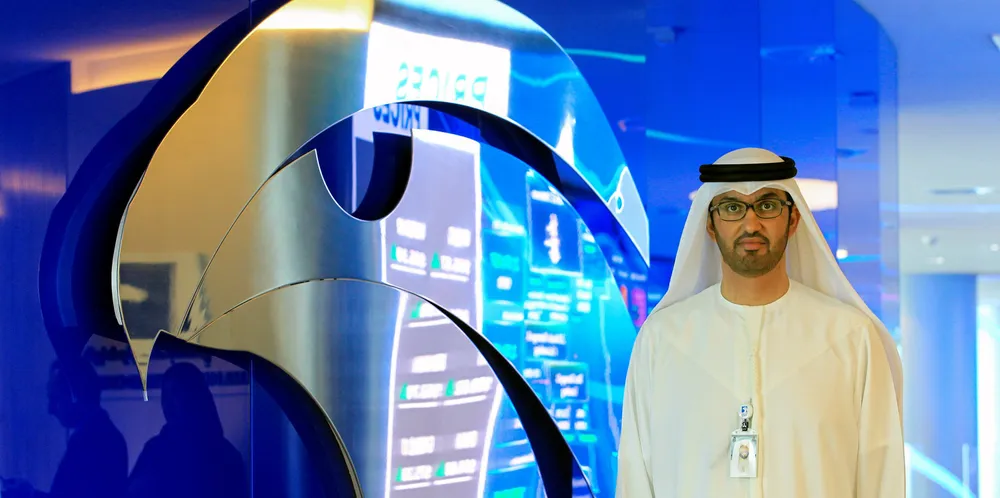Rival large-scale green and blue ammonia projects announced in Abu Dhabi
A $1bn facility using green hydrogen from 800MW of solar is being developed by a private company, while a far larger blue-H2-based plant is to be built by state-owned oil company Adnoc
